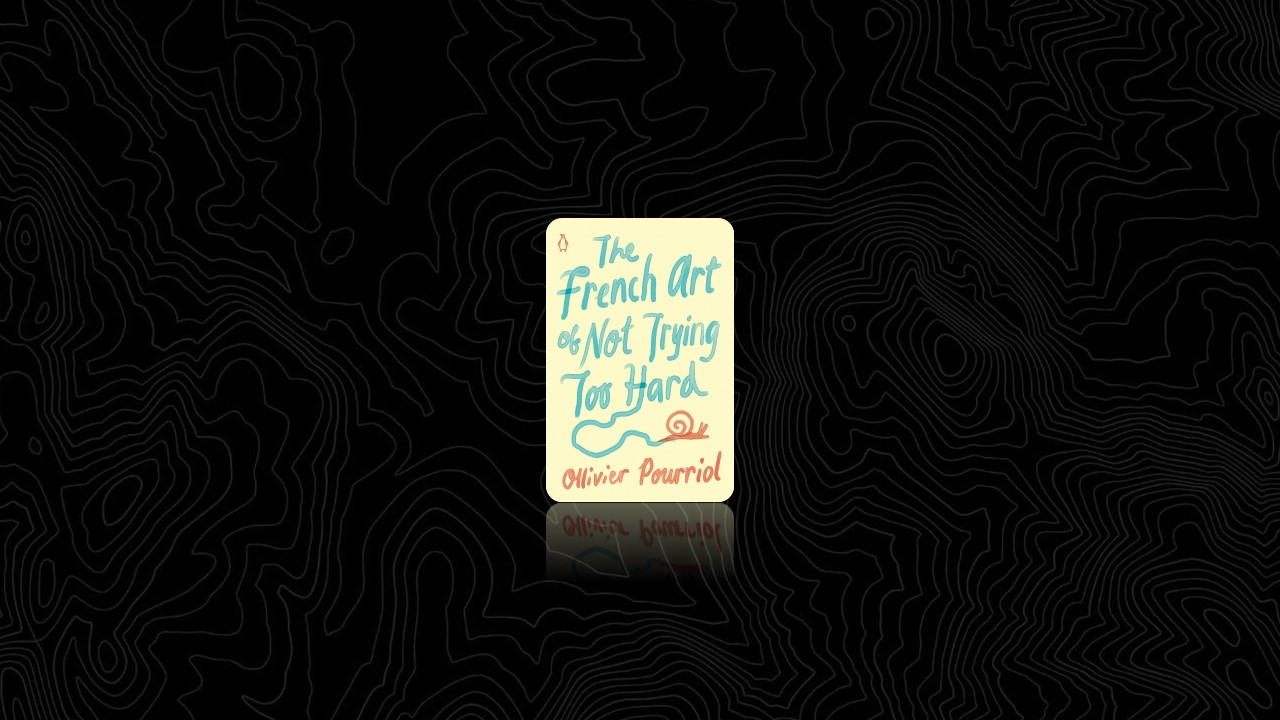Continue
The main error is to wait around doing nothing, holding your pen, or with your life on hold. Patience is a virtue, but there is a negative form of expectation—namely, expecting too much of yourself. Nothing grows through that kind of waiting. If you don’t know how you can get out of this kind of stagnation,
borrow your first sentence or your first action from someone else, and continue it. Continuing allows you to ride on other people’s momentum instead of having to use your own. In cycling they talk about “drafting,” or, more commonly, “slipstreaming.” In life, as in writing, you first need to get into the wake of someone or something else. We start off learning a language by imitating others, learning by rote. Bit by bit, without realizing it, we end up creating our own slipstream and speaking the language. We write, we pedal, we gallop. We’re off! We never actually had to start and now that all we have to do is keep on going, it’s a whole lot easier.
Start
What makes for a good decision is making it, and sticking to it, as if it were the best one possible. In that critical moment of action, it’s always the best one possible. Why? Just because. Once a decision has been made, it must be considered irrevocable. So you tell yourself there is no going back, no regretting, or, worst of all, changing your mind in midstream. The true enemy of action is doubt.
So you don’t begin an action because you’ve thought about it long enough to judge that it’s the best of all possible choices, but because indecision is the worst of all evils, and there just isn’t time to examine them all. Seen like this, beginning is the key to completing. It means forgetting about deliberation, hesitation, and calculation and just getting on with the job. Not tomorrow, not later: here and now.
There is no preparation for life. So you need to skip the warm-up. Watch your attitude. If you set off without a safety net, proudly, you learn how to live just as you learn how to ride a bike or a horse: by accepting the propulsion offered by life itself. Living like this is constantly surprising . . . OK, but in a good way or in a bad way? Nothing’s ever exactly what you thought it was going to be. You’re never adequately prepared. But the longer you hesitate, the harder it will be. Don’t wait until you’re sure before you act. What’s going to happen in the future? You’ll have to get there to find out.
Find the Right Position
Ease is not an idea, it’s a position. Sometimes it takes only the slightest adjustment, one small change, to feel comfortable in your armchair. It’s important, so you need to take your time. Posture makes a big difference. You’re not obeying some school or parental rule such as “Sit up properly!” or “Sit up straight!”—you’re just finding the position in which you feel most at ease. Everything comes from that.
Before you can act you have to be “on receive.” Not as an armchair passively receives your body, but more like an antenna receiving radio waves. It’s up to you to position the antenna, to pick up clearly what’s out there. Because everything is already out there, within reach. Whatever your situation, this is the first thing to get right: the position of your antenna, your position in the armchair. There’s nothing you actually have to do; just allow the position to take shape by itself. The right position can only come from you, from your body, and not from a command or an order. Either it will come easily or it won’t come at all. One thing is certain: no one will be able to force you into it. So take your time.
The Secret Laws of Attention
Descartes’ method as its name suggests, is to make life easier. Odos or hodos, in Greek, means “the road.” Descartes’ method is one that shows which road to follow in order to think as easily as possible, but, as we shall see, it can also be used to guide our actions. It only has four rules: the (self-)evident; dividing up the difficulties; order; and enumeration.
- The evident comes from the Latin video, “to see.” The evident is what happens when you see something with the mind’s eye, i.e., you understand it. The evident is not a starting point but a result. It is the result of attention. Imagine attention as a swath of light, the beam of a torch. This swath of light is narrow but intense. The attention cannot therefore shine on many objects at the same time. Ideally, attention should focus on only one point at a time. Therefore you must always:
- Divide up the difficulties. Think of one thing at a time. Don’t try to grasp everything at once. Don’t be in a rush, take one step at a time, and take all the time you need to grasp what is evident in each part. Something that is particularly complex has to be cut up into as many small parts as necessary. Once they are cut up and understood they must be put into:
- Order. Thinking is putting the parts that one has cut up into the right order. This order is not natural, it is an intellectual order. A logical order and one that is invented, that of a mathematical proof, for example, or of a book or a manual for learning how to play tennis. You go from the simple toward the complex so as to progress from the easiest to the most difficult. It is order that makes this progress easy. Since you have cut up the complexity into little parts and have put them in a new order, you then have to be sure that you haven’t forgotten anything and therefore proceed to an:
- Enumeration. A naming of parts. An overview. A panorama. Call it what you will, the idea is to be certain that you have not left out an important part. The risk, when you bring your attention to bear on one point, is that you lose sight of the bigger picture. You must therefore regularly widen your point of view to make sure that everything is included.


